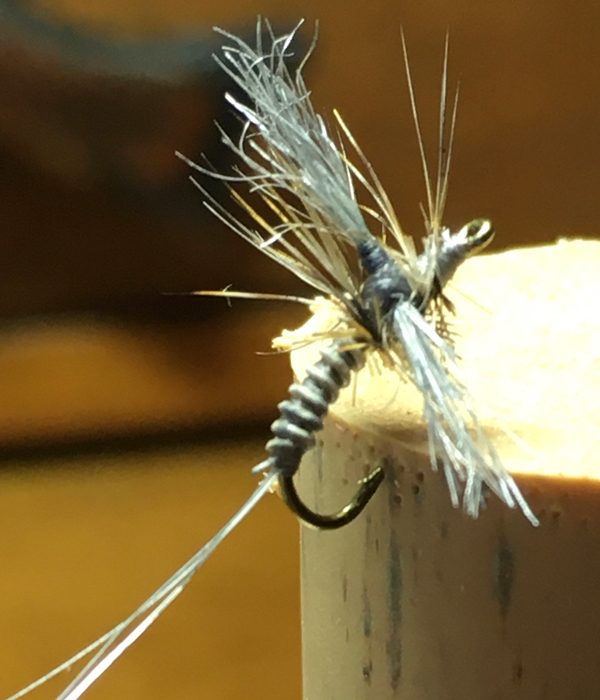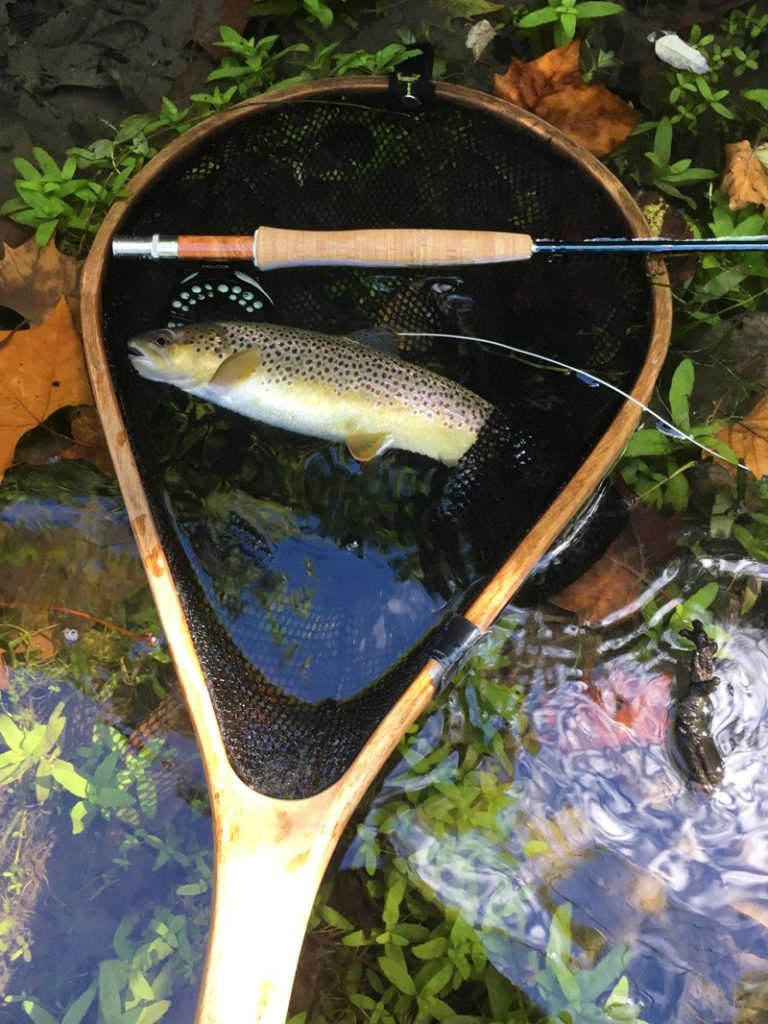
The “R” Word
I have put a lot of time in over the years striving to cast as well on the water as some of my mentors. It is still a work in progress. That being said, nothing is more disappointing than executing the perfect cast and drag free drift right through a rising trout’s window to the outside world only to watch Mr. Brownie slowly rise to your Mayfly imitation and then, at the moment of truth, he gives you the fin on his way back to the depths from which the monster came. In other words, the dreaded R word, Refusal. A guide in Wyoming said it best, “that would piss off the Pope.”
My Polar Cripple patterns are tied with the assumption that all rising trout are selective by nature. They all take a close look at a Mayfly before they commit to eating. This may not always be the case, but why take a chance with all that is on the line. Each part of my Polar Cripple Mayfly pattern has a purpose that has been inspired by personal experience and Mayfly Masters of the past and present. I can assure you, this pattern has greatly reduced the number of slaps in the face that I have experienced when that little pea-brained trout has caught me trying to fool him with less than a natural imitation


Ingredients
What follows are a few notes on the ingredients I use and why. Bake them all together and you have my best recipe for connecting with the most elusive and beautiful prey available, a rising trout. One disclaimer, if your skills at casting and maintaining a drag free drift are wanting, work on it. The perfect fly will never save an imperfect presentation.
Hook: TMC101- size to match the hatch
Gently bent to imitate the posture of an adult Mayfly that, for one reason or another, did not make it off the water. I have witnessed trout zero in on these distressed or crippled adults while completely ignoring their healthy counterparts. The rise seems to be slower and more deliberate, as if the trout knows there is no rush, this bug is not going anywhere in a hurry
Thread: Uni-Thread in color to match the Mayfly.
Tails: Pre 1972 Polar Bear Hair
I like very long tails to help with flotation and the natural sheen of the fibers covers me if the trout is taking that close of look.
Abdomen: Moose Mane
Trial and Error has allowed me to arrive at this point in regards to body material. Beautifully dyed Moose Mane is available in many natural colors from Nature’s Spirit. Durability, natural appearance of segmentation, and ease of use make this a key ingredient until someone shows me better.
Thorax: Hareline natural dubbing in colors to match the Mayfly.
Wings: Pre 1972 Polar Bear Fibers
Tied split wing with one wing up to allow the trout to see what is coming when he first looks up and out his window. This material is durable, natural, water resistant, and floats like a cork. I have found gray variant markers from Prismacolor that have allowed me to detail the wings and tails to match the Mayflies wings in regards to value.
Legs: Whiting Premium Hackle Fibers
High quality hackle feathers make a big difference in regards to appearance and flotation. I trim the hackle for proper affect in regards to the distressed posture a crippled Mayfly would exhibit while struggling in the film.






All Natural
I am particular about using natural materials whenever possible. There is no better imitation of nature than nature itself. Is all the detail necessary and important? I think most definitely it is. I do know these ingredients are more expensive and harder to find than synthetic materials that may work. I guess you have to ask yourself, how much would you have paid to catch that 20” Brown Trout of your dreams that said NO to your pattern that was hand tied in Sri Lanka? Just saying.
As always, thank you for your interest and support.






